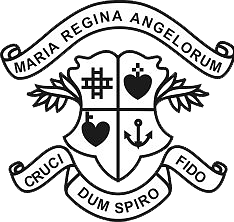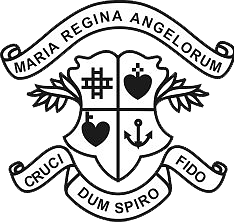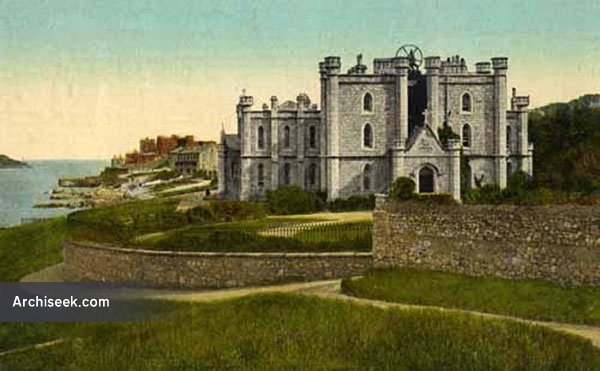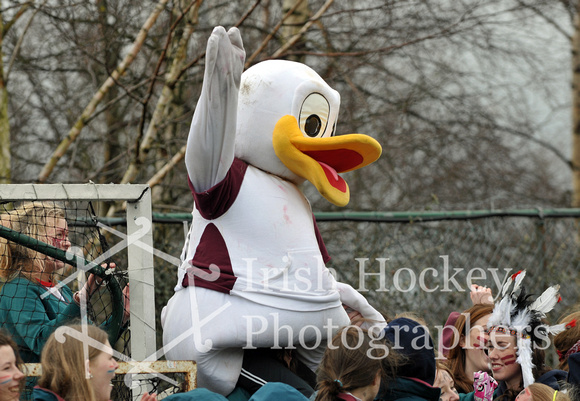
Loreto Abbey, Dalkey- the original building, now used as a convent
Photo credit: Noel Byrne, via http://www.trekearth.com
Around the world, Ireland has often been seen as being a strongly Catholic country, a country devout to being independent, a country with a strong sense of self. However, it was this direct connection to Catholicism which, more often than not, brought about so many of the struggles with education over the history of the country.
Prior to the introduction of the National School system in 1831, many Irish Catholics had extremely poor experiences of school. The Reformation saw the closing of all monasteries, which were then drained of their riches for King Henry VIII and his Anglican Church. However, due to the fact that monasteries also doubled as schools, this also meant that many Catholics could not access any form of education. As Egan also states in his article, the Penal Laws of 1695-1709 forbid the Catholic Church from having any role in education. These laws eventually led to the appearance of what became known as “Hedge Schools” all around the country, where teachers, priests or monks would teach groups of Catholic children and adolescents illegally, often in abandoned buildings, in fields, or behind hedges, often using the dirt on the ground and a stick as a blackboard, often too poor or afraid to use actual slates or other materials in case they were caught by authorities.
The Catholic *Relief Acts at the end of the eighteenth century allowed the widespread establishment of schools in towns and cities by religious orders such as the *Christian Brothers.
P. Egan, Riversdale Community College
These schools were still in use until the 19th Century, the same century that brought about both the National School system, and the founding of Loreto Abbey. The introduction of the Catholic Relief Acts over the course of the late 18th and early 19th century brought more freedom into the lives of Irish Catholics, re-granting them the right to vote, hold arms, own property, and above all, to be educated. This would be of major importance to Loreto Abbey, which opened its doors in 1843.
On June 27th, 1842 the foundation stone of Loreto Dalkey was laid by Archbishop Murray and the house was finished and opened on August 17th, 1843. A free school was opened immediately and it soon had 200 pupils…
http://www.loretopsdalkey.ie/index.php/about-us/history
Although the school at Dalkey was initially a non-fee paying school, over the years this changed, along with the size and quality of the building and its surrounding grounds. It became a part of the “Secondary School” system following the 1967 Free Education Scheme, where schools could remove the need for fees due to the State’s increased involvement in education, and emerged as a fee paying, private, all-girls school. These fees have aided the funding of extensions, improved sports’ facilities, new canteens, student activities, and, in more recent years, the newly-built sports’ centre.
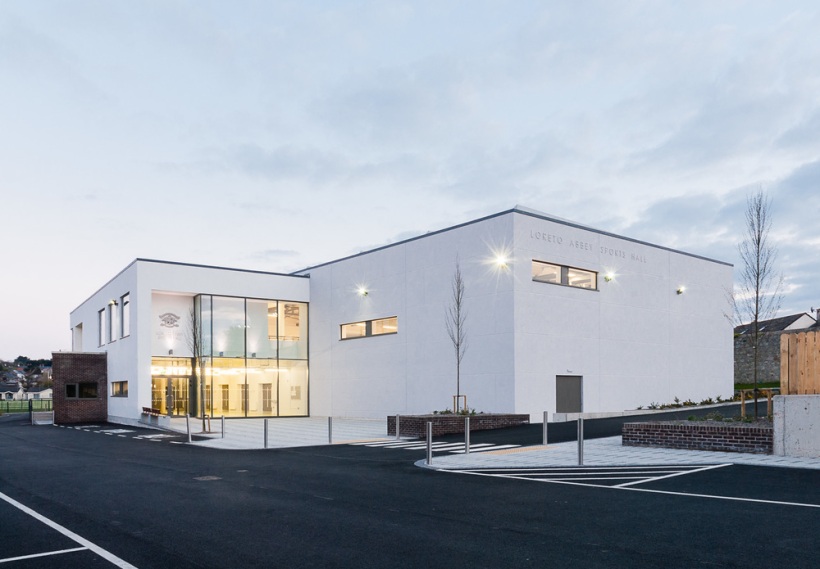
The new sports’ centre at Loreto Abbey
Image courtesy of: http://www.ambient-architecture.ie/loreto-dalkey/
